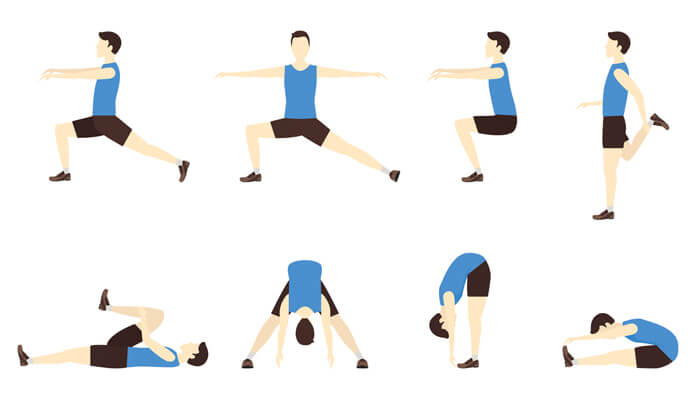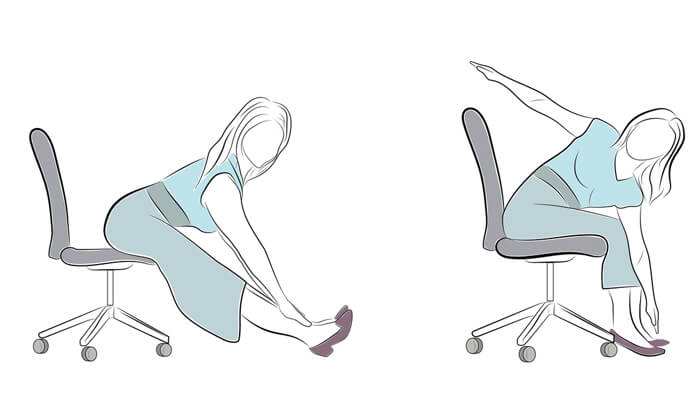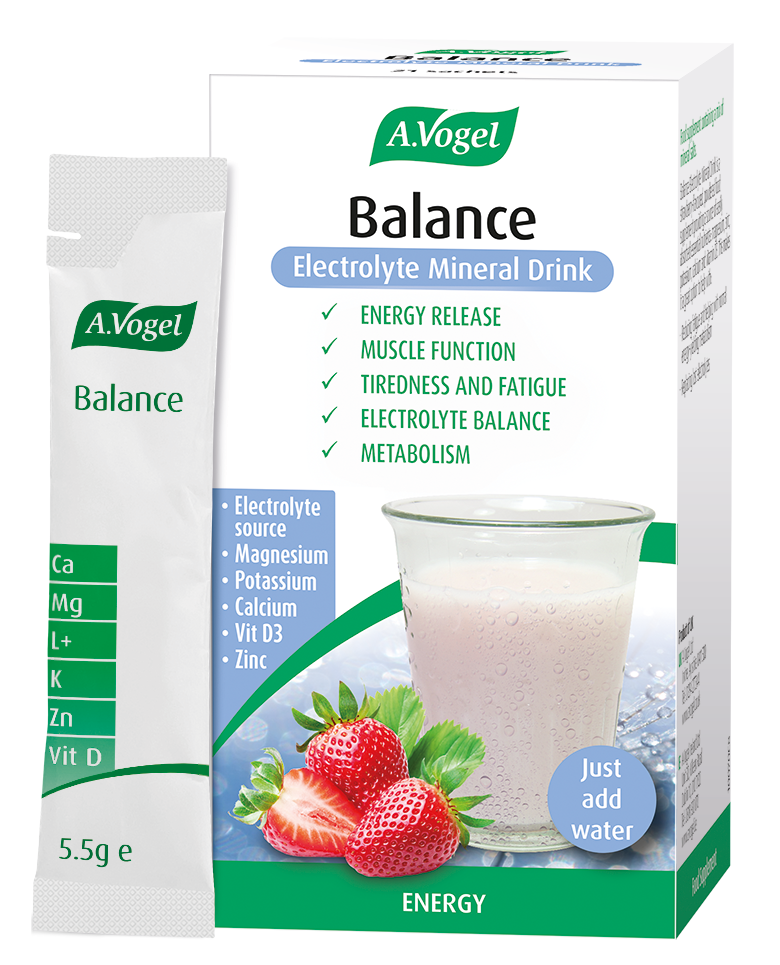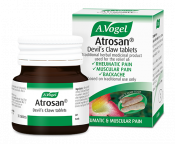When not to stretch
If you have chronic pain
Chronic pain is a long term issue that can last weeks, months or more. Headaches, arthritis, and fibromyalgia are some common examples of chronic pain, though other factors such as past injuries, surgeries or infections can also contribute to the problem. Repetitive strain injuries, which can occur from doing a sport such as running for many years, is yet another cause of chronic pain.
If you experience chronic pain then speak to your doctor about what exercises are suitable, and avoid stretching as this might make matters worse.
In cases of acute muscle soreness
Acute muscle soreness is the pain felt in the days after exercise. This usually occurs because the body isn’t used to a particular workout and, as a result, tiny tears appear in the muscles.
If you feel discomfort in the days afterexercise this is normal, but you will require a bit of rest in order to recover fully. Putting the body under more strain by stretching will only make matters worse – you can find out more about this in our Get Active blog ‘Why is recovery important after exercise?’.

If you have any physical limitations
Physical limitations refer to a wide number of things, including heart problems and conditions such as arthritis which make it more challenging to do everyday activities.
Once again, a doctor or physiotherapist will be able to advise you on what kind of exercises you can do if you suffer from this kind of problem. Alternatively, they may have more specialised advice about how to manage sore muscles.
When stretching makes pain worse
If you decide to try stretching but find that it consistently makes any existing pain worse, then it goes without saying that you should stop. Again, you may need to speak to your doctor, or even a personal trainer, to find an activity that is more suited to your abilities.
When to stretch
At work
Stretching at regular intervals throughout the working day keeps the body moving.
A sedentary lifestyle is known to have a negative impact on our health. It can, for example, put us more at risk of serious conditions such as coronary heart disease and type 2 diabetes. It can also contribute to aches and pains, particularly backache.
Practicing some hip flexor stretches may help to relieve tension and prevent discomfort when spending long hours sitting down. To do this safely, start in a kneeling position with your knees and hands on the ground, keeping your back straight. Lower your hips to your heels and then bend forward until your forehead reaches the ground. Hold this position for a few seconds and then return to the starting position. Repeat this twice more.
This is a good stretch if you've got some space around you, however, if you're working at a desk, you may want to follow our guide to stretching at your desk.
Spending your day standing up is equally likely to cause back pain, as well as other general aches and pains. In this case, you could practice some hamstring stretches at regular intervals.
Start in a standing position then put your right foot in front with your toes pointing to the ceiling and your heel digging into the ground. Bend your left knee slightly and lean forward, putting your hands on the right leg. Hold for 10-30 seconds and then repeat on the other leg.
Whilst watching television
It isn’t just our working environment that can contribute to a sedentary lifestyle, though; often what we do in our free time is just as problematic. Long hours watching television and scrolling the internet are also sedentary behaviours.
To help you incorporate a little more movement into your day, stretch during television adverts and at regular intervals – at least once an hour should do it (you can set an alarm on your phone as a reminder).

In the morning
Stretching makes us more alert as it increases blood flow around the body and to the brain. This kind of movement also stimulates the production of certain neurochemicals which boost energy.
As a result, stretching is the ideal activity to help wake you up in morning and prepare you for the day ahead. If you know you are going to be sitting down all day, it is also an excellent way to get some movement in before then.
Before or immediately after a workout
Be it a short walk with the dog or a hike in the countryside, stretching before sport increases blood flow to the muscles which, in turn, prepares them for movement.
Stretching is equally important immediately after exercise, though, as it helps to cool down the body and eases any tension that may have been placed on the muscles during the activity.
As you get older
Stretching as you age keeps the body flexible but can also aid other aspects of our health at this time. It can, for example, help aches and pains, improve muscle strength and even memory!
For further information on exercising as you get older, take a look at our blog on the topic.
How to support sore muscles
Drink plenty of water – dehydration can lead to muscle cramps so consume lots of plain, still water to avoid this.
Magnesium – this mineral supports the health of the muscles and joints meaning if there is a magnesium deficiency, it can contribute to spasms and cramp. Pumpkins seeds, bananas and avocados all contain magnesium. Alternatively, our Balance Mineral Drink contains magnesium alongside zinc, calcium and potassium to aid normal muscle and joint function.
A.Vogel Balance Electrolyte Mineral Drink with Vitamin D3, Magnesium, Zinc, Potassium and Calcium.
£22.49 (21 x 5.5g sachets) In Stock
Try Atrosan – made from extracts of Devil’s Claw, this herbal remedy effectively relieves muscle and joint pain.
Gentle exercise – swimming is a gentle exercise that keeps the muscles moving without putting them under too much strain. Alternatively, incorporate regular walks into your routine until the soreness eases.
Click here for more home remedies for sore muscles.
Does stretching help muscles recover?
If you are experiencing sore muscles because you’ve pushed yourself too hard whilst exercising, then stretching will not aid recovery.
Research suggests that stretching before or after exercise does not reduce risk of injury, and nor does it ease muscle soreness.1
As indicated above, however, stretching has plenty of benefits to offer the muscles more generally. From increased flexibility, to improved circulation, regular stretching has lots of positive effects on the body.
How to stretch safely
The diagrams above provide some guidance on how to stretch safely. As you do these things, however, here are a few key points to bear in mind:
- Move slowly
- Hold each stretch for 30 seconds initially, rising to 90 seconds over time
- You should feel a gentle stretch but it shouldn’t be sore
- With regular stretching you should see an improvement in terms of how much you can do
You may also want to follow our videos on how to stretch safely. Here are a few examples:
- How to do a lunge stretch
- How to do a spiderman stretch
- How to do dynamic stretching
- How to do a standing roll down
- How to do the cat-cow
- How to do a seated twist
References
1 https://www.bmj.com/content/325/7362/468.full
Results: How much movement do you get a day?










